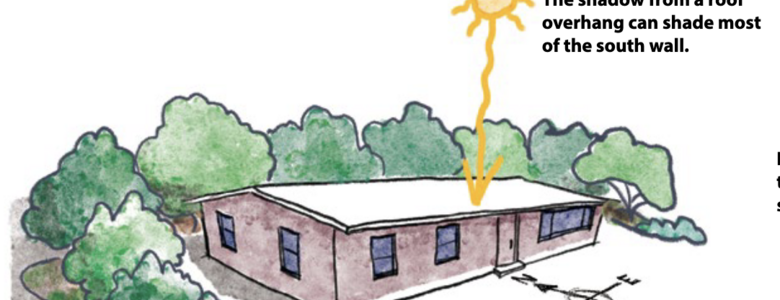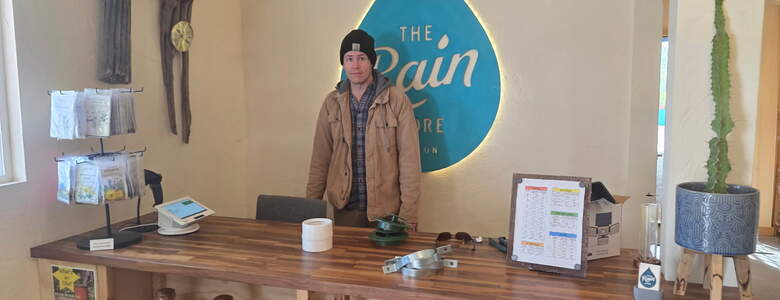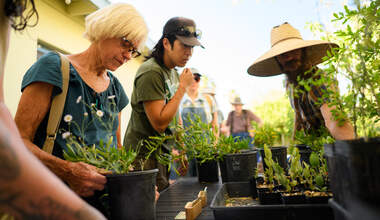How Can We Cool Tucson?
Tucson's average temperature has increased by 12 degrees over the past 100 years. Five degrees is due to global climate change. But seven degrees is local heat island effect. That means that we have the power to decrease our average annual temperature through the choices we make at our homes and businesses, in our streets, and in our public spaces.
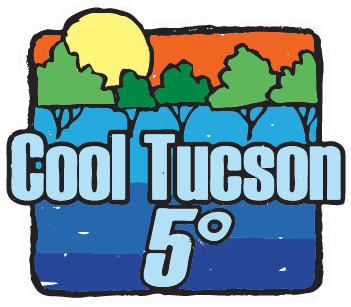
What is the Urban Heat Island Effect?
The urban heat island effect is when our built environment—our roads, parking lots, and buildings—absorb the sun’s heat during the day and then continue to release the heat into the night. On the other hand, nature—trees, shrubs, vines, natural ground covers, rivers, and wetlands—doesn't absorb as much of the sun's heat and therefore reduces surrounding temperatures.
Why Natural Shade is Better than Built
We all know it's cooler in the shade! But why is tree canopy shade better than a shade structure?
A big part of the heat island effect is due to concrete and other man made materials that absorb heat and then release it once the sun has gone down.
A rain garden combines mulched ground and plants to create spaces that are dramatically cooler. The physical shade cools the space down, and so does the plants' natural water process called "transpiration." In addition to cooling, you get the added benefit of creating habitat for birds and other wildlife. Plus the mental/physical wellness that comes with spaces that are quieter, cooler, and aesthetically beautiful.
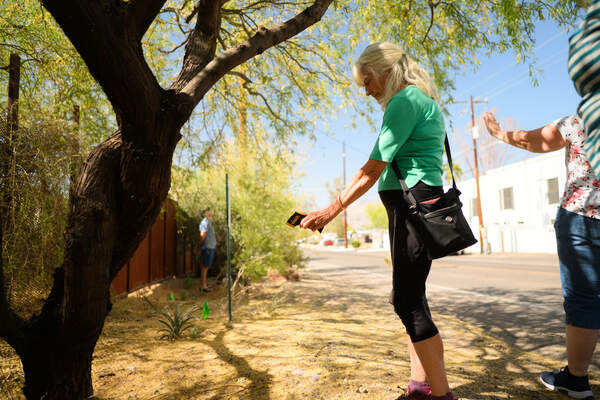
Book a Cooling Consultation
Do you have a space that retains or reflects too much heat? Hire us for a consultation and a WMG staff member will come out, identify hot zones in your area and provide you with a plan to address those hot spots using the natural evaporative cooling power of plants! The cooling consultations are FREE for community spaces (schools, churches, and HOAs) as well as individual households who have gone through our Cool Tucson workshops.
